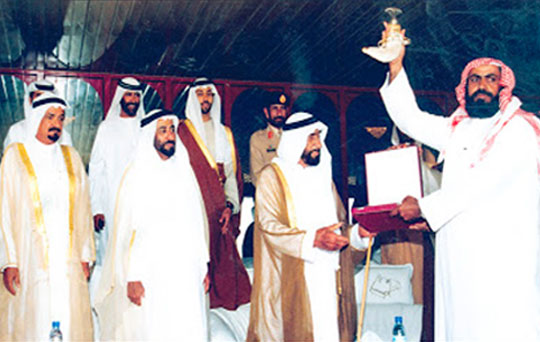Every country has its own traditions and heritage, especially when it comes to sports. And in the United Arab Emirates, one of the most important sports is camel racing. With its centuries-old history and culture, camel racing is an extremely well-loved and intimate part of Arab culture.
The race is fought on traditional thoroughbred racing camels that are native and distinct to UAE. In fact, camel racing still enjoys the patronage of the rulers and leaders of the UAE. Not just the royalty, even the common citizens of UAE are fans of the sport.
It was with the intention of preserving this heritage that the Dubai Camel Racing Club (DCRC) was founded in 2008. UAE has a large number of camel racing enthusiasts and there are at least fifteen race tracks spread across the country. However, most of them are located on the outskirts of cities. But the beauty of camel racing is that it is not just popular locally within the UAE but has an international following. In the last two decades, the UAE Camel Racing Federation has taken massive efforts to ensure that camel racing spreads far and wide across the world. It isn’t just a popular sport in the UAE but in several European countries like Germany as well as in the continent of Australia. The current goal is to make this sport popular across the globe, a dream that has been made possible under the patronage of His Highness Sheikh Khalifa bin Zayed Al Nahyan, President of UAE and His Highness Sheikh Mohammed bin Rashid Al Maktoum, Vice President and Prime Minister of the UAE and Ruler of Dubai and His Highness Sheikh Ahmed bin Mohammed bin Rashid Al Maktoum, President of UAE National Olympic Committee and Chairman of Dubai Camel Racing Club.
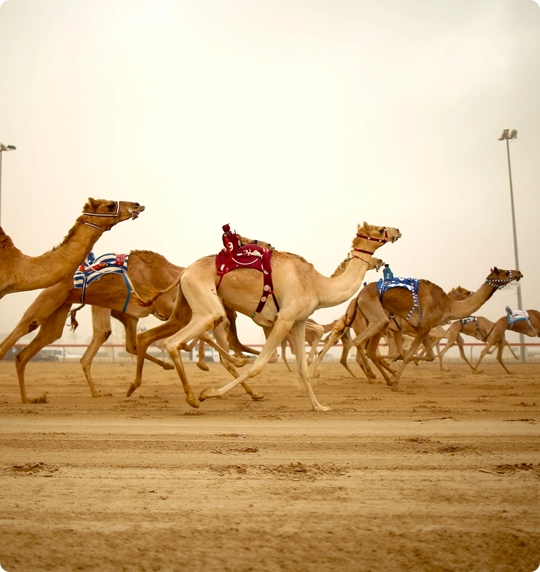
Today, Dubai has grown to be a cosmopolitan city with a distinct culture that is both ethnic and modern. And, so is camel racing. It was to combine these two distinct features with the aim of preserving a centuries-old tradition that the Dubai Camel Racing Club was established.
DCRC runs under the Government of Dubai and is helping hand in hand with the government to help preserve the culture and heritage of our fathers and forefathers. Its primary mission is to make the sport popular among youth by updating it according to the times and harnessing it with modern technology by adopting international practices and research into camel breeding, health-care, and racing. Camel racing is one of the most likely and active ways in which you get generation in UAE can interact with their ancient heritage and DCRC hopes one day to achieve the same.
After all, as the Father of Our Nation Sheikh Zayed bin Sultan Al Nahyan rightly said, “There is no glory of without the glory of the country and its citizens. We have to be proud of our forefathers, who were able to face the harshness of life with a strong will and dedication to shape a better collective future”. In the end, that is what the DCRC strives for.
Our principal aim is to help camel racing grow as a formal sport, not just in the UAE but in the entire world. We specialize in the breeding and care of superior quality camels and use the most advanced technologies to help them train. We are also adept at providing camel owners, trainers, and riders with professional, medical as well as veterinarian aid as and when required.
At Dubai Camel Racing Club, we value the tradition and heritage of UAE. And we want to do our best to preserve it as deeply as we can in the modern world.
The United Arab Emirates, as well as Dubai, has a rich history of camel racing. Starting from the 7th century, camel racing has, for generations, been a lively and intrinsic part of Arab culture. It was to preserve this rich and vibrant piece of culture that The Dubai Camel Racing Club (DCRC) was established. Our aim is not just to preserve but to celebrate the culture and values that this country represents.
In doing so, we have tried to fulfill the vision of His Highness Sheikh Khalifa bin Zayed Al Nahyan, the President of UAE, His Highness Sheikh Mohammed bin Rashid Al Maktoum, Vice President and Prime Minister of the UAE and Ruler of Dubai, and the directives of His Highness Sheikh Ahmed bin Mohammed bin Rashid Al Maktoum, who have unequivocally made efforts to preserve UAE’s inherent culture.
At the core of DCRC is the comprehensive administrative and organizational structure that is enhanced and enabled to meet all the high-powered demands of professional camel racing. Our staff is adept at breeding and caring for high-quality camels, as well as meeting all Race Management Requirements including taking care of arrangement and organizational aspects of the race. That is because all administrative, executive and on-field positions have been filled by former UAE military professionals and former cadres.
DCRC's strategic goals include acting as a platform to spread information andknowledge about the ancient sport as well as its links to the cultural heritageof the UAE. With DCRC, we hope we have a platform that can help the sport spread to each and every Arab youth as well as older enthusiasts Thus with DCRC, we hope to make culture and heritage more accessible to common masses. DCRC already does so by organizing seminars, conferences, and workshops for the dissemination of information regarding camel racing.

It gives me great pleasure to take this opportunity to express my deepest thanks and sincere regard for His Highness Sheikh Mohammed bin Rashid Al Maktoum, Vice President and Prime Minister of the UAE and Ruler of Dubai and His Highness Sheikh Ahmed bin Mohammed bin Rashid Al Maktoum, for their for the tremendous amount of support the Dubai Camel Racing Club received.
DCRC also focused on bringing in standardized regulatory systems to make the races fair and transparent with succeeded efforts, so that we can continue to work toward achieving our goals and developing our strategic objectives to the best of our abilities.
"The ancient sports of camel racing will remain part and parcel of our lives forever because it inspires our people to remain faithful to their deeply rooted traditions and heritage"
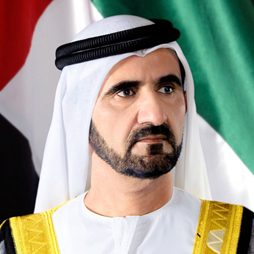
Camel racing is an ancient sport and in United Arab Emirates and the Arab countries, the sport is steeped in cultural heritage and history. Dating back to several centuries, camel racing is a favorite Arab pastime as well as popular among racing enthusiasts in the country. And where do Arabs go when they want to watch or participate in a camel race? The Dubai Camel Racing Club (DCRC)
Located on the Dubai – Al Ain road in the city of Dubai, the race track was built in 2008, upon the instructions of H H Sheikh Mohammed bin Rashid Al Maktoum, Vice President and Prime Minister of the United Arab Emirates and Ruler of Dubai
As an esteemed attraction in the Emirates of Dubai, the Al Marmoom Racing Track is part of the bigger Al Marmoom Desert Conservation Reserve and is located in the desert area of Saih Al Salam in the emirate of Dubai. The area comprises of 10percent of the emirate’s total land area.
Known popularly as the ‘Dubai Camel Racing City’, Al Marmoom is located in a picturesque locale surrounded by pristine deserts and natural heritage. It is also located near the extensive man-made desert wetlands and popular tourist attraction in Dubai.
The fully updated and technologically enhanced racetrack is maintained by the Dubai Camel Racing Club along with other facilities such as the Camel Market, Feed Mill, Camel Hospital, Camel Forensic lab and the Camel farms spread across. The race track is also located close to the Al Marmoom Heritage Village and the Al Lisaili area which are also popular tourist attractions.
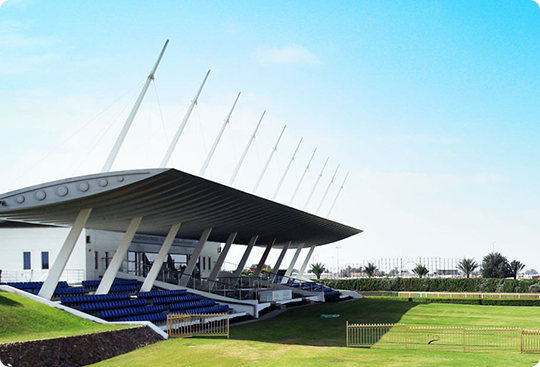
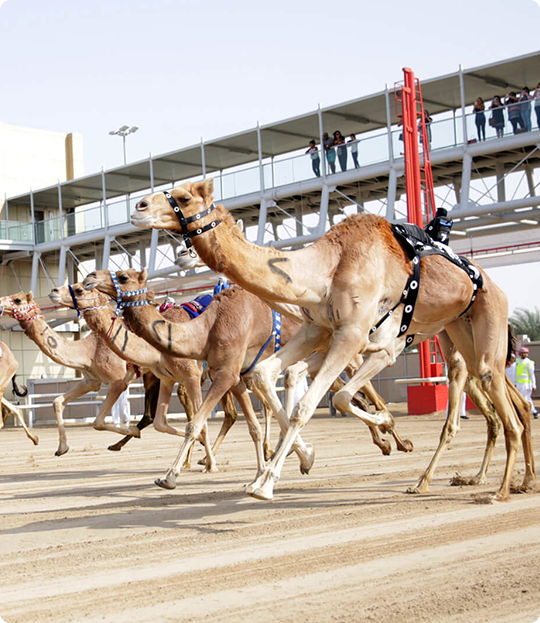 The idea was to provide all things related to camels and camel racing in the same spot. So
while enthusiasts can come and check out races in the Al Marmoom race tracks, camel breeders
and racers can check out superior grade racing camels in the Camel Market, or purvey and
buy the best quality camel feed from the Feed Mill. The multi-specialty Camel Hospital and
Camel Forensic Lab are equipped with expert veterinarians and world-class technological
interventions
to carry out treatments for ailing camels and even carry out deeper research into the health
and wellbeing if camels as well as best breeding techniques to yield high-performance camels.
The Forensics Lab also allows enthusiasts and breeders to conduct drug and DNA tests on both
camels as well as jockeys to ensure the legality of the camel as well as fair play.
The idea was to provide all things related to camels and camel racing in the same spot. So
while enthusiasts can come and check out races in the Al Marmoom race tracks, camel breeders
and racers can check out superior grade racing camels in the Camel Market, or purvey and
buy the best quality camel feed from the Feed Mill. The multi-specialty Camel Hospital and
Camel Forensic Lab are equipped with expert veterinarians and world-class technological
interventions
to carry out treatments for ailing camels and even carry out deeper research into the health
and wellbeing if camels as well as best breeding techniques to yield high-performance camels.
The Forensics Lab also allows enthusiasts and breeders to conduct drug and DNA tests on both
camels as well as jockeys to ensure the legality of the camel as well as fair play.
Dubai Camel Racing club is a ‘smart’ racetrack and is updated with all the latest technological advancements. It includes multiple race tracks of lengths varying from 3km, 6km to 11km which can even be extended to 15km. ‘Smart’ and tech-savvy upgrades take care of each and every aspect of the race from start to finish including the announcement of races and result declaration as well as prize distribution.
Built according to international standards, the Al Marmoom racetrack includes several amenities for visitors including expansive seating options, studios, eateries, and well-equipped bathrooms and instructional maps for audiences. It also has special provisions for camel owners and riders.
The facility is maintained by the Dubai Camel Racing Club under the nurturing chairmanship of H H Sheikh Ahmed bin Mohammed bin Rashid Al Maktoum. The Club was started in 2008 with the aim to cultivate the ancient heritage sport of camel racing and make it popular as a sport both among the younger generations of Emiratis as well as sports enthusiasts around the world. Through its efforts under the guidance and patronage government of Dubai, DCRC hopes to preserve an important part of UAE’s culture and heritage.
"A country is not measured by the size of its area on the map. A country is truly measured by its heritage and culture"
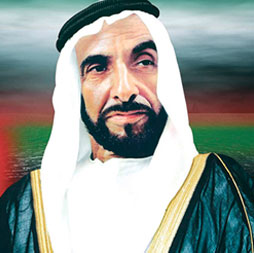
Camel racing is an ancient Arabian sport that involves camels with riders astride them running premeditated distances and competing for the finish line. It is a popular sport in several countries including the United Arab Emirates, Saudi Arabia, Jordan, Kuwait, Bahrain, Oman, Jordan, Australia, Egypt, and Pakistan. In that sense, camel racing is older than UAE itself.
Camels are an intrinsic part of Arab culture. Not only are they used for sport and beasts of burden, but camels were also traditionally reared for their milk,meat, and skin. They also provide one of the best modes of transport in the desert. Thus, ancient Arabs, as well as Arabs today, are deeply attached to their camels.
In the Arabian Peninsula, dromedaries - a type of single-humped, domesticated yet swift variety of camels that are native to the area and distinct from those found in the wild - have for centuries been used for racing. The earliest camel races can be traced back to the 7th century CE during the early Islamic period. It was a sport that was played on occasions and social gatherings. However, it was only after the 20th century that camelracing enthusiasts decided to organize and make the tradition a formal sport.The move was inspired by the racing of thoroughbred horses that had been in vogue for centuries, even before camel racing. Camel racing was also part of wedding celebrations, eid celebrations, and other cultural events almost two decades before the formation of UAE itself.
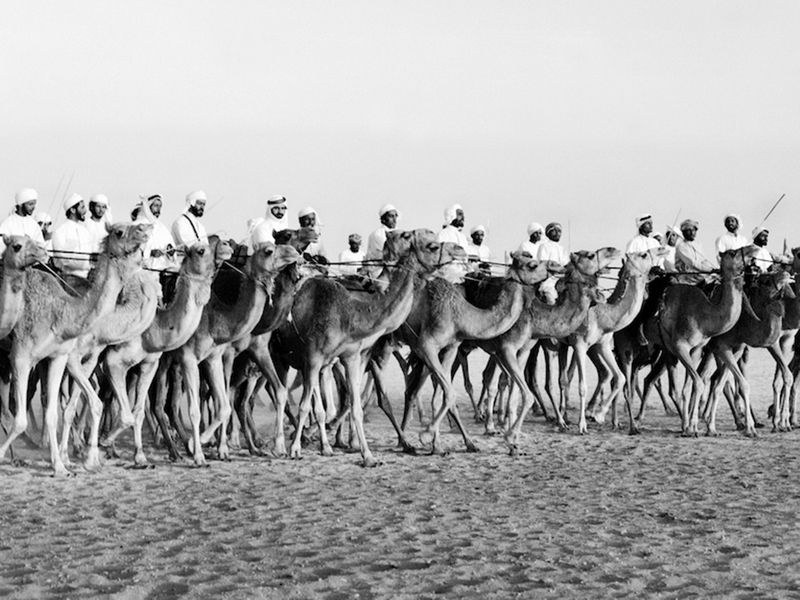
It was in the 21st century that organizations were formed to control and regulate the sport and organize such events. In 1980, a local committee was formed to take charge of the sport in UAE and coordinate the races. Initially, these races were conducted in the Nad Al Shiba racetrack.

Camel racing spread to several countries including India and Kenya and in each place it went, it led to the creation of distinct traditions.
Today, camel racing is a professional sport in the UAE with camels raised specifically for racing. Artificial insemination is also used to breed the best quality horses. The government provides special subsidies to camel breeders, and the UAE has some of the finest methods to train camels. It is also a multi-million dollar industry with winning camels getting away with as much as million dollars.
The camel racing season extends from April to September every year. The camels that run in races are revered animals and are lavishly treated by theirowners and riders. Some owners feed their camels honey worth thousands ofdollars. In general, the upkeep of a racing camel costs about $1000 - $1,300 a month.
Child riders who had traditionally been used as riders on these races were outlawed from use in 2002. In recent years, UAE has started to use manually controlled robots as riders in order to try out a more humane approach to thetraditional sport.
